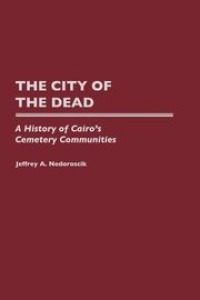
Liknande böcker
Livelihood and Urban Poverty Reduction in Ethiopia. Perspectives from Small and Big Towns
Bok av Tegegne Gebre-Egziabher
The international development policy agenda is currently dominated by the theme of poverty reduction. The theme has been vigorously pursued by multilateral donors, such as The United Nations Development Programme (UNDP), World Bank, and others. Their assistance has also been tuned to pro-poor policy frameworks. Poverty, however, is understood mainly to be a rural phenomenon. This is based on the fact that rural poverty is widespread and pervasive and affects a large segment of the population since the majority of people in less developed countries reside in rural areas. There is, however, an increasing trend of urban growth and with it urban poverty all over the world. In Ethiopia urban poverty, in comparison to rural poverty and national level poverty, has increased over time. This has necessitated urban poverty reduction as an important area of intervention in urban development and planning. The objective of this study is to understand the livelihood situations of the poor in big and small towns, and identify the gaps and linkages between the livelihood requirements of the poor and policies at municipal level. The study was conducted in nine cities and towns of the country, including the capital city.







